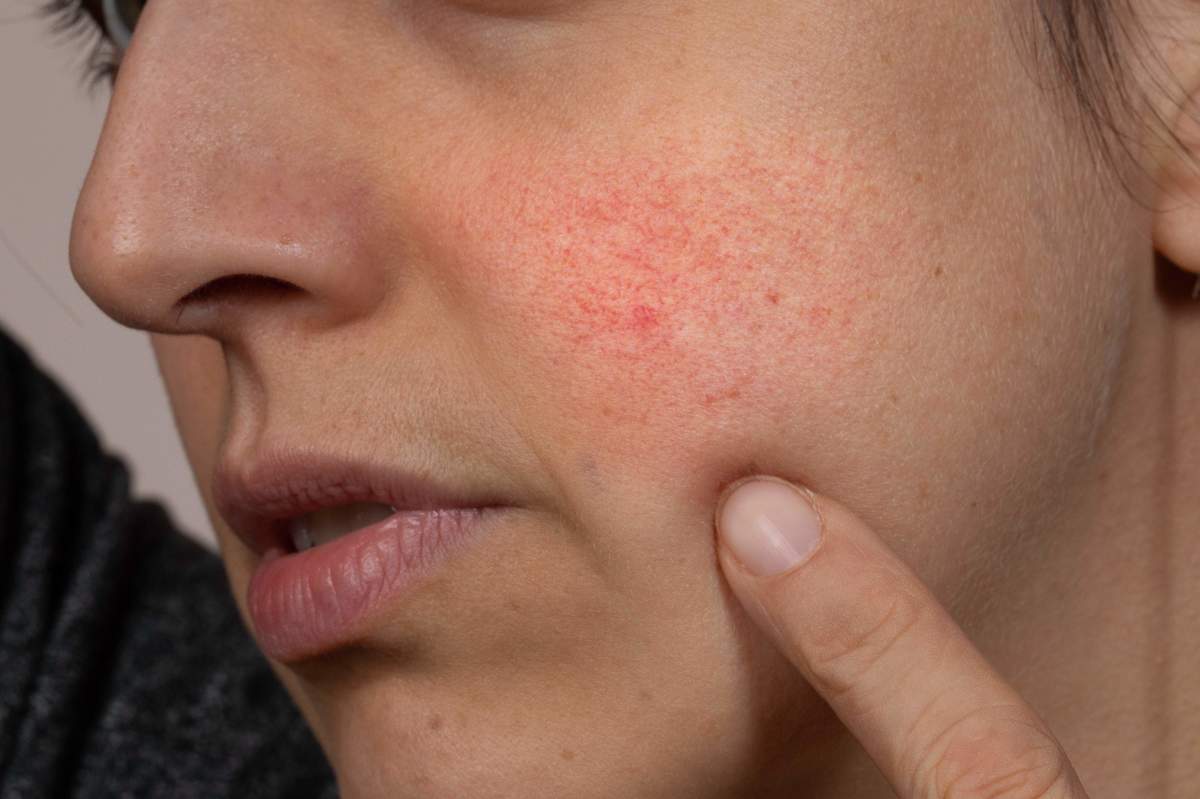Is It Safe to Get Chemical Peels for Rosacea?
Chemical peels are a popular aesthetic treatment used to enhance the appearance of the skin. Among various skin concerns targeted by this procedure, Chemical Peels in Dubai have gained significant attention, particularly concerning conditions like rosacea. This blog aims to provide an extensive overview of what chemical peels entail, their effects on rosacea, how they work, and the overall user experience.
What Are Chemical Peels?
Chemical peels are dermatological procedures that involve the application of a chemical solution to the skin. This solution exfoliates the outermost layers of the skin, promoting the growth of new, healthier skin beneath. These treatments are commonly used for various skin issues, including wrinkles, hyperpigmentation, acne scars, and overall skin texture improvement.
Types of Chemical Peels
There are three primary types of chemical peels:
Superficial Peels: These are the mildest form and usually use alpha-hydroxy acids (AHAs) to exfoliate the outer layer of skin. They are suitable for people looking for a gentle way to refresh their face.
Medium Peels: Utilizing trichloroacetic acid (TCA), medium peels penetrate deeper into the skin layers. They can be effective for more pronounced skin damage, such as sun spots and fine lines.
Deep Peels: These involve phenol and are the strongest type of chemical peel. They can significantly affect the skin's structure and are usually performed to treat more severe problems.

How Do Chemical Peels Work?
Chemical peels work by using specific acids to remove dead skin cells. When applied, the acids break down the bonds that hold skin cells together, causing the upper layers to peel away. This process stimulates the body's natural healing process, encouraging the development of new skin cells. As a result, individuals often experience clearer, smoother, and more radiant skin.
Can Chemical Peels Help with Rosacea?
Rosacea is a common skin condition characterized by redness, flushing, and visible blood vessels. Many individuals suffering from rosacea look for effective treatments to manage their symptoms. Chemical peels, specifically superficial and medium peels, can offer some benefits for those with rosacea, though individual responses may vary.
The Benefits for Rosacea Sufferers
- Exfoliation: Chemical peels can remove damaged skin cells, which may reduce the sensitivity and redness associated with rosacea.
- Improved Skin Texture: Patients often report smoother skin texture post-treatment, which can provide relief from the rough patches that sometimes accompany rosacea.
- Increased Collagen Production: The exfoliation process stimulates collagen production, which can improve skin elasticity and overall appearance.
Considerations Before Undergoing a Peel
While chemical peels can benefit those with rosacea, several considerations should be addressed before proceeding with treatment:
Consult a Dermatologist: It is essential to seek professional advice to determine if a chemical peel is suitable for your specific skin condition.
Skin Sensitivity: Individuals with rosacea often have incredibly sensitive skin. Understand your skin complexion and plan accordingly.
Type of Peel: Not all chemical peels may be suitable for rosacea. Superficial peels might be a better option than deeper, more intensive peels that could aggravate the condition.
The Procedure: What to Expect
Understanding the procedure can help alleviate any anxiety surrounding the treatment. Here's what you can typically expect:
The Treatment Process
- Cleansing: Your skin will be cleansed to remove any makeup or impurities to ensure an even application of the chemical solution.
- Application: The chemical solution will be applied carefully to the areas needing treatment, ensuring even coverage.
- Neutralization and Removal: Depending on the type of peel, the solution may need to be neutralized or left on for a short period before being removed.
FAQs
1. How often can I get a chemical peel for rosacea?
The frequency of chemical peels can vary based on the peel type and your skin's response. Typically, superficial peels may be performed every 4 to 6 weeks, while deeper peels require more extended intervals.
2. Will a chemical peel completely cure rosacea?
While chemical peels can help reduce symptoms, they may not completely cure rosacea. It is essential to manage expectations and understand that long-term care strategies are crucial.
3. What skincare products should I use post-peel?
Post-peel, you should focus on gentle, hydrating products. Look for fragrance-free moisturizers and sunscreens to protect your healing skin.
4. Can anyone with rosacea get a chemical peel?
Not everyone with rosacea is a candidate for chemical peels. A thorough skin evaluation by a dermatologist is necessary to determine the appropriateness of this treatment for your specific condition.
Conclusion
Chemical peels can be a feasible option for those dealing with rosacea by alleviating some of its symptoms and enhancing overall skin appearance. The various types of peels available can cater to different skin needs, making it possible to tailor treatments to individual concerns. Always consult with a qualified professional before undergoing any cosmetic procedure to ensure a safe and effective treatment plan.
